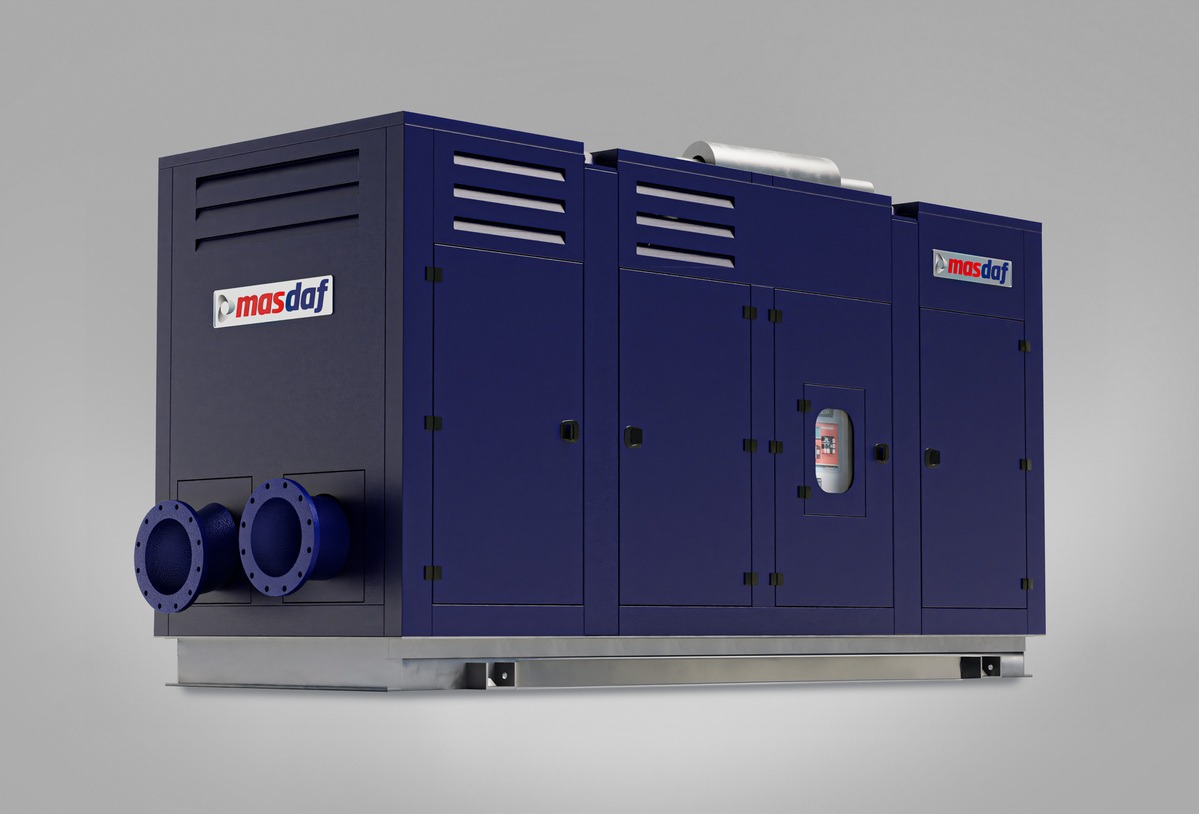June 5th, World Environment Day, once again calls on humanity to take collective responsibility in the face of environmental crises. Water scarcity, energy waste, and infrastructure inefficiency continue to deepen the climate crisis day by day. To combat this crisis, it is not only the resources that need to change, but also the systems that manage them.
The pressure on water resources is increasing globally. According to the World Bank, more than 3 billion people around the world currently face difficulties in accessing clean water. One of the most critical reasons behind this issue is the inefficiency of existing infrastructure.
World Bank projections reveal that by 2030, the required annual investment in water infrastructure will exceed 114 billion dollars. Industrialization, urbanization, and climate change are increasing the burden on water resources each day, making it essential to manage these resources through efficient, smart, and sustainable systems. This clearly shows that sustainability must apply not only to resources themselves but also to the systems that manage them.
Speaking on the occasion of World Environment Day, Erhan Özdemir, CEO of Masdaf — Turkey’s leading fluid technologies brand — said:
“Water scarcity is a problem that often progresses silently but has extremely profound effects. Today, millions of people around the world still struggle to access clean water. However, even in regions where water resources are abundant, we observe significant losses due to inefficient systems. At this point, the importance of infrastructure systems unfortunately often remains in the background. While the aesthetics and design of buildings are prioritized, the efficiency of the systems that manage water is often neglected. Improperly sized pumps, outdated systems, and insufficient engineering practices lead to both energy and water waste.
Yet, the future of water lies not only in its source but in how that source is managed. We don’t need more technology — we need better technology. We must focus not only on where water comes from, but also on how it is transported. The first step to protecting our resources is to make the systems that carry them more efficient, smarter, and more sustainable. This can only be achieved through a holistic approach based on engineering, data, and environmental harmony.”


